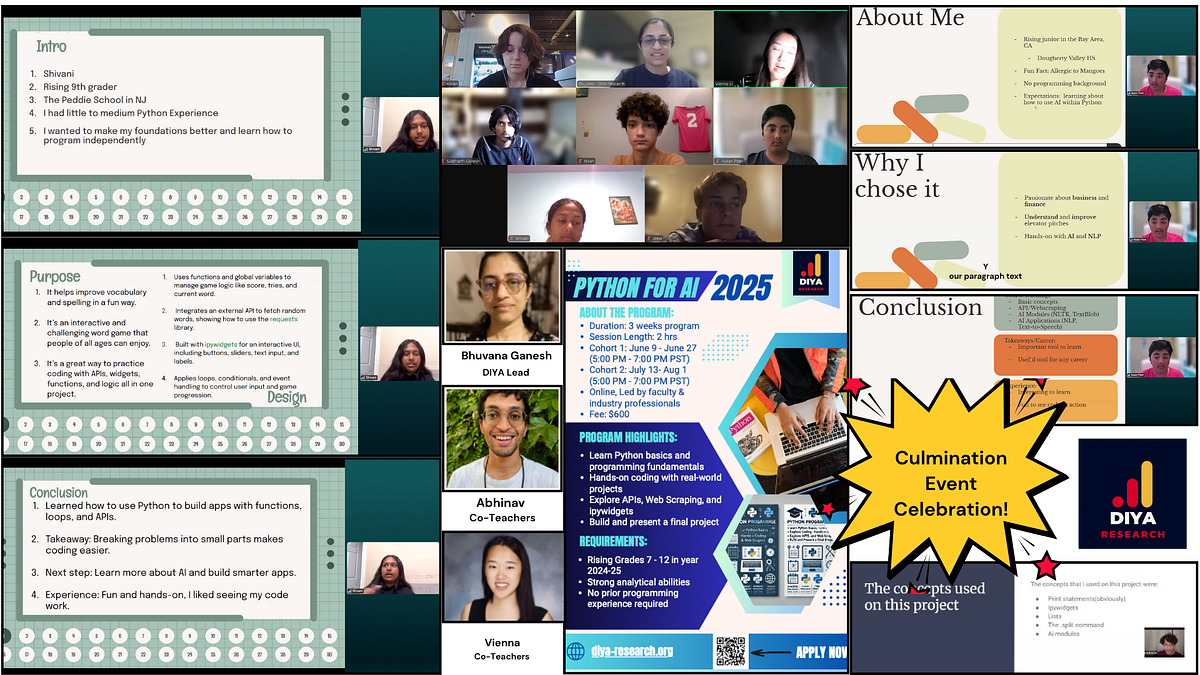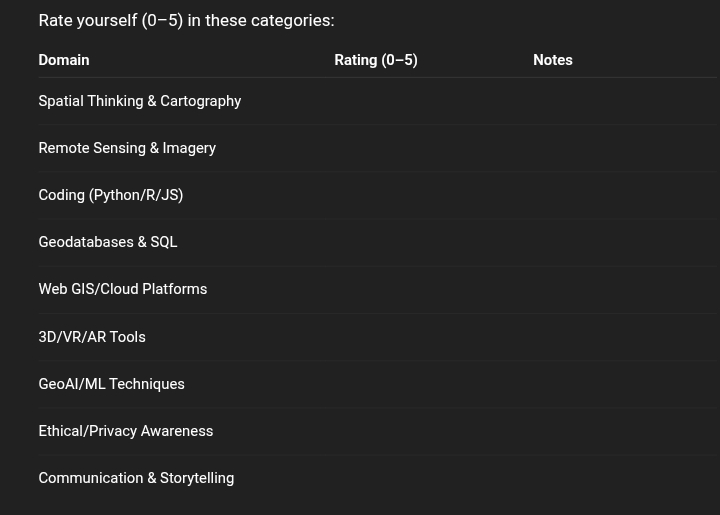Programming News
Medium
276

Image Credit: Medium
Joining Multiple Strings in Java Without a Loop
- Joining multiple strings in Java without a loop involves different methods.
- String.join appends a delimiter between elements, StringJoiner handles nulls, and Collectors.joining works in stream pipelines.
- StringBuilder offers flexibility for custom formatting, transformation, or conditional logic handling.
- String methods in Java help maintain efficiency, readability, and safety in code practices.
Read Full Article
16 Likes
Medium
285

Image Credit: Medium
Building a Time-Based Expiration System in Spring Boot with Scheduled Cleanup
- Temporary data needs clear expiration handling to ensure system efficiency and predictability.
- Tracking data expiration involves storing creation timestamps and using them to determine validity.
- In-memory storage and databases play different roles in storing and handling short-lived data.
- Scheduled cleanup tasks help maintain system performance by removing expired data at intervals.
- Proper handling of expired tokens and API keys is crucial for system security.
Read Full Article
17 Likes
Dev
121

Image Credit: Dev
Peak Performance Analysis Power Modern Web Studies(1751492325195900)
- Performance analysis of modern web frameworks, focusing on Rust-based solutions, was conducted to explore optimization strategies and architectural decisions for high-performance applications.
- The analysis covered factors like memory management, concurrency, and architecture that impact web framework performance and provided insights for achieving optimal performance.
- Benchmark results showed that Rust frameworks like Hyperlane and Rocket outperformed garbage-collected frameworks in terms of requests per second, low memory usage, and reduced latency under high loads.
- Conclusion highlights the importance of memory management, concurrency models, and architectural patterns in performance optimization, emphasizing Rust's advantages in memory safety and performance efficiency.
Read Full Article
7 Likes
Dev
29

Image Credit: Dev
Technical Blog Writing Guide(1751491972227000)
- A junior CS student shares insights gained from learning modern web framework design.
- Hyperlane framework in Rust offers performance, safety, and efficient architecture for web services.
- The framework's features include advanced context-driven design, middleware system, and real-time communication support.
- Performance optimization, memory management, and production best practices enhance application reliability.
- Troubleshooting tips, error handling, and future directions for further exploration are also discussed.
Read Full Article
1 Like
Discover more
- Software News
- Web Design
- Devops News
- Open Source News
- Databases
- Cloud News
- Product Management News
- Operating Systems News
- Agile Methodology News
- Computer Engineering
- Startup News
- Cryptocurrency News
- Technology News
- Blockchain News
- Data Science News
- AR News
- Apple News
- Cyber Security News
- Leadership News
- Gaming News
- Automobiles News
Dev
317

Image Credit: Dev
The Future of Server-Side JavaScript: Beyond Node.js, Deno, and Bun
- The future of server-side JavaScript is evolving beyond Node.js, Deno, and Bun.
- Key points of evolution include the rise of 'meta frameworks' like h3, Fastify, and Elysia for optimized tools and modular solutions.
- Edge computing is growing in importance with platforms like Vercel Edge Functions, Cloudflare Workers, and Deno Deploy reducing latency and cold starts.
- The runtime wars between Node.js, Deno, and Bun continue, with predictions favoring Node.js for enterprises, Bun for dev tools, and Deno for edge/security-first apps.
Read Full Article
18 Likes
Dev
235

Image Credit: Dev
Memory Leak Terminator How Type Safety Saved My Graduation Project(1751491656275300)
- Transformation journey in understanding performance development with Hyperlane Rust-based framework.
- Hyperlane offers modern web framework design focusing on safety, zero-cost abstractions, and performance.
- Framework showcases type safety, memory efficiency, middleware system, SSE support, and performance optimization.
- Lessons learned include error handling, troubleshooting, memory management, and production best practices.
- Hyperlane's fusion of efficiency, performance, and reliability sets it apart in web development.
Read Full Article
14 Likes
Dev
251

Image Credit: Dev
Computer Science Student Journey Web Expert(1751491505941500)
- Exploring web frameworks as a computer science student, focusing on Rust-based architecture.
- Detailed analysis of core design principles, response handling, routing system, and middleware.
- Framework offers streamlined Context abstraction, HTTP method macros, and middleware implementation.
- In-depth comparison with Express.js, Spring Boot, Actix-web, and technical dive into async integration.
- Performance benchmarks, memory management, security considerations, and database integration strategies examined.
Read Full Article
15 Likes
Medium
277

Image Credit: Medium
Teaching Python in the Age of AI: Lessons from a 3-Week Coding Camp
- The decision to postpone the introduction of AI assistants like GitHub Copilot until the final capstone project at a Python coding camp proved to be beneficial for participants, many of whom were new to programming.
- Emphasis was placed on foundational learning without relying on AI tools too early, as grappling with and solving problems independently fosters essential computational thinking and problem-solving skills that AI cannot fully replace.
- Creating an inclusive learning environment with small class sizes and virtual sessions via Zoom helped students engage and interact, with daily recaps reinforcing learning and guiding students through challenges in transitioning from theory to practical coding applications.
- The final week focused on capstone projects where students applied their skills creatively, integrating elements learned during the course and using AI assistants thoughtfully, emphasizing the importance of a balanced approach to leveraging AI tools in coding education.
Read Full Article
16 Likes
Dev
373

Image Credit: Dev
Exploring High Efficiency Web Analysis Results(1751487482109100)
- Introducing Hyperlane: The Next-Gen Rust Web Framework for extreme speed.
- Hyperlane offers stunning performance benchmarks, surpassing actix-web and axum frameworks.
- Efficiency, robust real-time communication, and developer-friendly features make Hyperlane noteworthy.
- Its balance of speed, simplicity, and resource management impressed developers for high-concurrency scenarios.
- Hyperlane excels in hard power (performance) and soft power (development experience), setting new trends.
Read Full Article
22 Likes
Dev
256

Image Credit: Dev
iOS 26 Beta 2: What's in for Developers
- Apple releases iOS 26 Beta 2 with improvements in Liquid Glass design system.
- New features include Control Center readability enhancements and accessibility improvements.
- App Store now has an Accessibility section; Safari UI changes; Framework and API updates.
Read Full Article
15 Likes
Dev
16

Image Credit: Dev
Event Stream Processing Architecture Pattern Best Practices in Real-Time Applications(1751487106513800)
- Transformational journey in understanding realtime development with Hyperlane framework in Rust-based web dev.
- Hyperlane offers performance, safety guarantees, zero-cost abstractions, compile-time validations for robust apps.
- Context-Driven Architecture simplifies handling requests, SSE support, efficient middleware system, memory management optimization.
- Impressive performance, benchmarking results, memory management, SSE implementation, advanced features highlighted.
- Best practices, error handling, troubleshooting insights, and future directions for Hyperlane framework.
Read Full Article
1 Like
Dev
411

Image Credit: Dev
System Monitoring Solutions(1751486476751500)
- Exploring the Hyperlane framework's modern web development principles in Rust-based applications.
- Discovering architecture, type-safe configuration, context-driven request handling, and middleware system design.
- Real-time communication, performance analysis, memory management, advanced features, and best practices explored.
- Lessons learned in error handling, troubleshooting, optimization, and future directions in Hyperlane development.
- The framework's focus on performance, safety, and productivity makes it a compelling choice for modern web development.
Read Full Article
24 Likes
Dev
407

Image Credit: Dev
JavaScript Generators and Iterator Protocol
- Exploration of JavaScript Generators and Iterator Protocol for asynchronous operations and performance optimization.
- Generators introduced in ECMAScript 2015 aid in pausing function execution and managing state.
- Iterator Protocol allows objects to be traversed with next() method, optimizing memory usage.
- Generators and iterators offer efficiency, error handling considerations, and tools for debugging.
- They empower developers to create cleaner, elegant, and manageable code for complex applications.
Read Full Article
24 Likes
Medium
289

Image Credit: Medium
Planning a 5-Year GeoTech Career Roadmap
- The geospatial industry has expanded across various sectors like climate tech, logistics, defense, urban planning, public health, and blockchain by 2025.
- A detailed 5-year roadmap for a career in GeoTech, focusing on GIS software mastery, spatial thinking, Python basics, web mapping, API development, spatial ML pipelines, systems design, decision intelligence, strategic thinking, leadership, and visionary roles.
- Each year in the roadmap has specific focuses, such as mastering GIS software, specializing in a domain, full-stack development, thought leadership, and becoming an architect, leader, and visionary in the geospatial field.
- The roadmap includes recommendations for skills development, projects, certifications, networking, mentorship, and advocacy for inclusive, ethical, and transparent GeoTech practices.
Read Full Article
17 Likes
Medium
689

Image Credit: Medium
HDB Financial Services IPO Listing on NSE: Everything Investors Should Know
- HDB Financial Services, a subsidiary of HDFC Bank, is set to launch its Initial Public Offering (IPO) on the National Stock Exchange (NSE), generating buzz in the Indian stock market.
- The company is a prominent non-banking financial company (NBFC) in India, offering various financial products such as personal loans, business loans, asset finance, and insurance services.
- Investors have been eagerly watching the IPO, considering it a significant market event due to its association with HDFC Bank and the range of financial services it provides.
- As of now, there is no information provided if the article qualifies for web story generation
Read Full Article
14 Likes
For uninterrupted reading, download the app